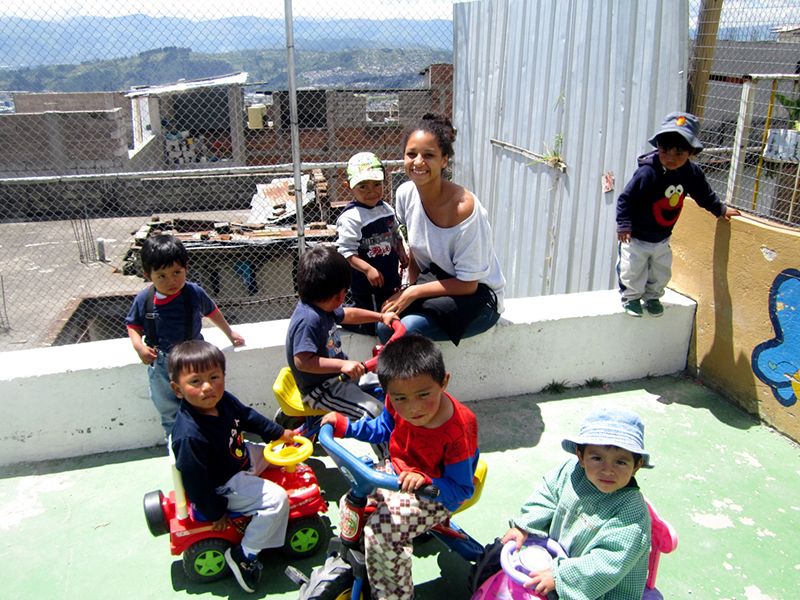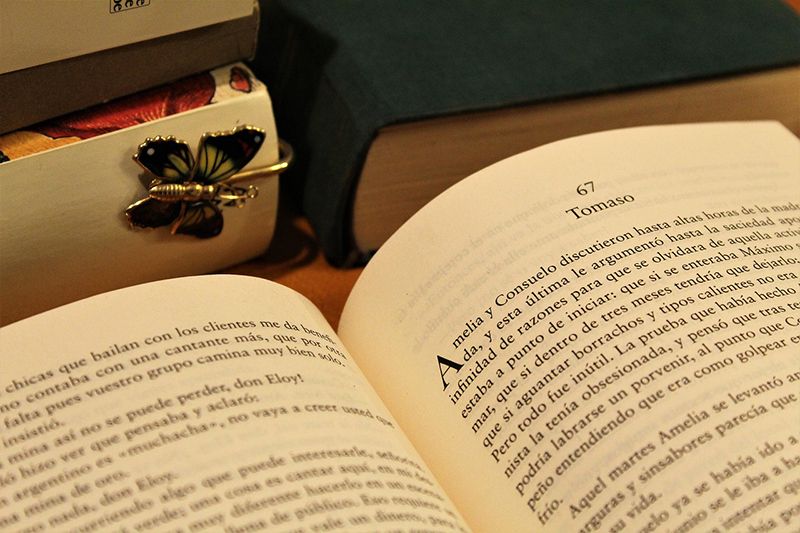Going to class every day and doing your homework is all well and good but to really get to grips with the Spanish language in Quito, you need to surround yourself by it at all times and practicar, practicar y practicar. Here are some great ways to improve your español when you’re not at school.
Go party with the locals

It’s not often that you’re encouraged to go out and party for the benefit of your studies so take full advantage. It’s easy to mix with circles of foreign friends that you meet at school but the best way to improve your Spanish is to hang out with Ecuadoreans. Speaking Spanish with the natives can be intimidating but it’s amazing what a bit of alcohol can do for your confidence. The Quiteños are a friendly bunch so hit up the city’s bars and nightclubs have a few beers and let the Spanish flow. If you’re not sure where to go, check out some of these nightlife spots here.
It’s good to chat
Once you’ve made some local friends, connect with them on social media or Whatsapp and try to chitchat with them in Spanish on a regular basis. While we’re not suggesting you spend all day on Whatsapp and Facebook, it’s good practice to chat in Spanish via messenger and pick up some of the local lingo.
Switch the language on your phone
And while we’re on the topic of cellphones, change the language on your phone to Spanish. It helps keep your brain in Spanish mode.
Go to market

Test out your bargaining powers in Spanish at one of Quito’s local markets, of which there are plenty. Whether you’re buying fresh produce, street food or artisan crafts, you can practice your numbers and also pick up some new vocabulary for items you see there (if you’re not sure of the word, just point and ask the vendor). If you need some shopping tips for Quito, check out our recommendations here.
Always order in Spanish
Even if a restaurant has an English menu and the wait staff speaks English, ask for the Spanish menu and always try to order in Spanish. The worst thing that can happen is that you order the wrong thing.
Join a club
Another way of meeting local rather than foreign friends is to join a local club or take a class. There are a range of activities that you can get involved in in Quito, some of which are free and others you might have to pay a small monthly, weekly or one-off fee. Depending whether you’re more sporty or arty, you could check out one of the running clubs such as Proyecto Aventura, get snap happy with Foto Club Quito or brush up on your yoga vocab at Dharma Yoga. You can also try a free language exchange which you can find via Facebook Groups and attracts locals and foreigners to practice their English and Spanish.
Volunteer in your spare time

Being a volunteer in Quito can be a rewarding experience and a good way to practice your Spanish with locals. Check out the opportunities at CENIT that provides support for underprivileged kids and adolescents in the city’s poorest neighborhoods and our institute. We offer a variety of volunteering opportunities related to nature conservation, disadvantaged communities and stray animals in and around Quito.
Read a little Spanish a day

It may sound like obvious advice but if you make a concerted effort to read a little bit of Spanish a day, you’ll notice the difference. Work it into your morning routine so that you set your mind to think in Spanish for the rest of the day. Instead of browsing your Instagram feed for 10 minutes in the morning, read the news in Spanish or pick up a magazine or book (it of course helps if it’s something that interests you or that you’re already familiar with). While the idea of reading an entire book sounds daunting, in the age of the Kindle, it’s much easier as you can highlight any words you don’t understand and Kindle will give you the definition in Spanish. Reading out loud to yourself is also a helpful way to practice your vocab and pronunciation.
Make Netflix in Spanish part of your weekly routine
Netflix offers Spanish subtitles for many of their shows and dubbing in some cases. Depending on your level, you can watch Spanish shows with English subtitles or English shows with Spanish subtitles. Both help train your brain and broaden your vocab. Watch with a notebook on hand so you can scribble down any new words you learn.
Tune into the local music scene
If you’re a music fan, start listening to more music in Spanish. Tap into the local music scene and add some songs to your Spotify. Look up any new words you don’t know or even print out the lyrics and study them. Check out Ecuadorean pop artist Paola Navorette or indie band Da Pawn.
Got any other good pearls of wisdom for learning Spanish in Quito outside of the classroom? Please share them with our readers below.
Originally published on Ailola by Sophie Lloyd on July 11, 2018.
